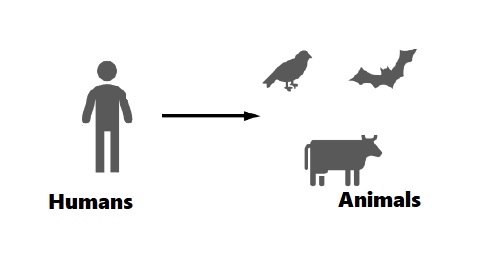Descriptive epidemiological studies look at the frequency and distribution of a disease/infection within a population. It is usually the first step in any epidemiological survey and, it only describes the occurrence or outcome of a disease in a community/population.
In a descriptive study, the general features of an infection in a population are typically described in relation to the time, place and person getting the disease and, in what rate or frequency the disease is occurring in the community under investigation.
Place, time, and person are very important epidemiological variables that are looked out for in any descriptive epidemiological study and, which allows a public health worker or an epidemiologist to decipher by descriptive approach the extent of a disease being investigated in a population, know the number of individuals that are easily contaminated, and most of all the proportion of persons at risk of acquiring the disease/infection.
Such knowledge help health policy makers to effectively plan interventional measures and other preventive, treatment and educational programs that will help to reduce the scourge of the prevailing disease within the community.
Descriptive epidemiological studies are deficient and limited in their usage in that they only look at the features of some group of people with a given disease/infection without actually comparing them with some other reference or non-affected individuals of the population.
Epidemiological studies that are descriptive in design are usually used for the formulation and development of hypothesis that are normally tested with a more detailed study (e.g. analytical epidemiological study).
Descriptive epidemiological study may include:
References
Aschengrau A and Seage G.R (2013). Essentials of Epidemiology in Public Health. Third edition. Jones and Bartleh Learning,
Aschengrau, A., & G. R. Seage III. (2009). Essentials of Epidemiology in Public Health. Boston: Jones and Bartlett Publishers.
Bonita R., Beaglehole R., Kjellström T (2006). Basic epidemiology. 2nd edition. World Health Organization. Pp. 1-226.
Lucas A.O and Gilles H.M (2003). Short Textbook of Public Health Medicine for the tropics. Fourth edition. Hodder Arnold Publication, UK.
MacMahon B., Trichopoulos D (1996). Epidemiology Principles and Methods. 2nd ed. Boston, MA: Little, Brown and Company. USA.
Nelson K.E and Williams C (2013). Infectious Disease Epidemiology: Theory and Practice. Third edition. Jones and Bartleh Learning.
Porta M (2008). A dictionary of epidemiology. 5th edition. New York: Oxford University Press.
Rothman K.J and Greenland S (1998). Modern epidemiology, 2nd edition. Philadelphia: Lippincott-Raven.
Rothman K.J, Greenland S and Lash T.L (2011). Modern Epidemiology. Third edition. Lippincott Williams and Wilkins, Philadelphia, PA, USA.
Discover more from Microbiology Class
Subscribe to get the latest posts sent to your email.





